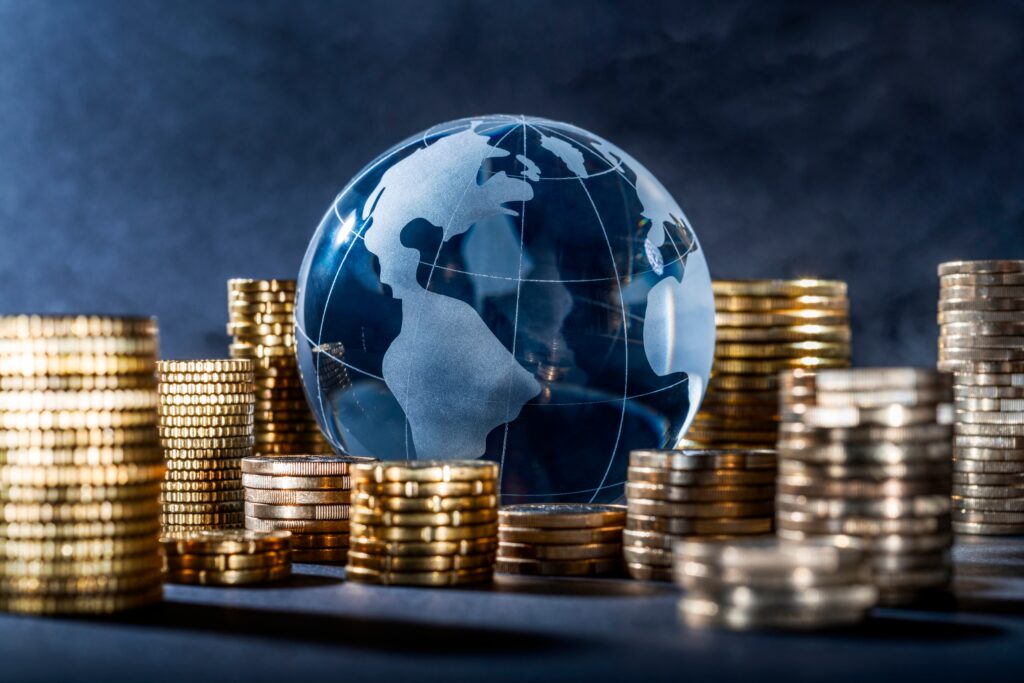Developing countries prioritized repaying foreign debt over investments in health, education, and climate in 2023, avoiding defaults but straining budgets.
A World Bank report revealed that these nations spent a record $1.4 trillion (€1.3 trillion) on foreign debt payments in 2023. This increase followed pandemic-related borrowing and was exacerbated by rising interest rates, depreciating currencies, and global economic uncertainty.
Poorer nations, eligible for assistance from the World Bank’s International Development Association (IDA), paid $96.2 billion (€91.9 billion) to service debt. Interest costs reached a historic $34.6 billion (€33.05 billion), consuming nearly 6% of export earnings—levels not seen since 1999.
Private Creditors and Widening Inequality
Private creditors reduced lending to developing economies, favoring safer, high-return loans. Despite collecting more in debt payments than issuing new loans, they left poorer nations struggling to balance repayments and essential spending.
In contrast, the World Bank and other multilateral institutions provided a net $51 billion (€48.71 billion) to IDA-eligible countries in 2022 and 2023, helping mitigate the debt crisis. The World Bank alone contributed $28.1 billion (€26.84 billion).
“Multilateral institutions and government creditors bear nearly all the risk while private creditors reap most rewards,” the World Bank noted.
Nations facing financial distress largely avoided default, seeking to maintain credit ratings. However, this required budget cuts or redirecting World Bank funds toward repaying other loans.
The World Bank is shifting toward grants for high-risk countries and advising on debt restructuring strategies to preserve social investments.
Rising Debt and Calls for Reform
Post-pandemic economic fallout hit developing countries hardest due to limited fiscal stimulus and weaker healthcare systems. Geopolitical tensions and protectionist trade policies further threatened growth.
Despite some resilience in gross national income (GNI), debt burdens remain uneven. While the debt-to-GNI ratio for low- and middle-income economies (excluding China) fell by 0.8 percentage points in 2023, it rose by 1.9 points for IDA-eligible nations.
World Bank economist Indermit Gill called for sovereign borrowers to have debt restructuring protections similar to businesses. “Without such measures, all major development goals will remain in peril,” he warned.
Gill acknowledged the challenge of establishing global debt reforms amid widespread international mistrust but emphasized their necessity for sustainable development.


